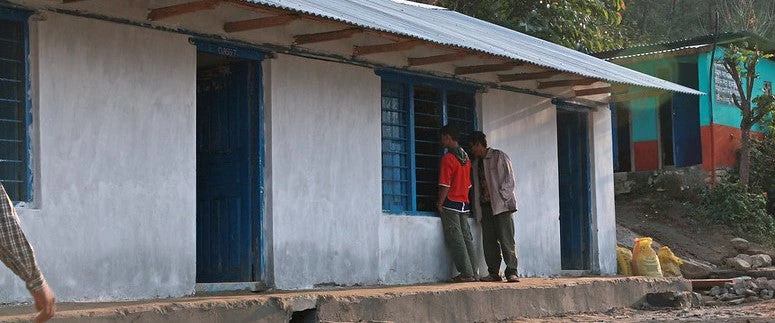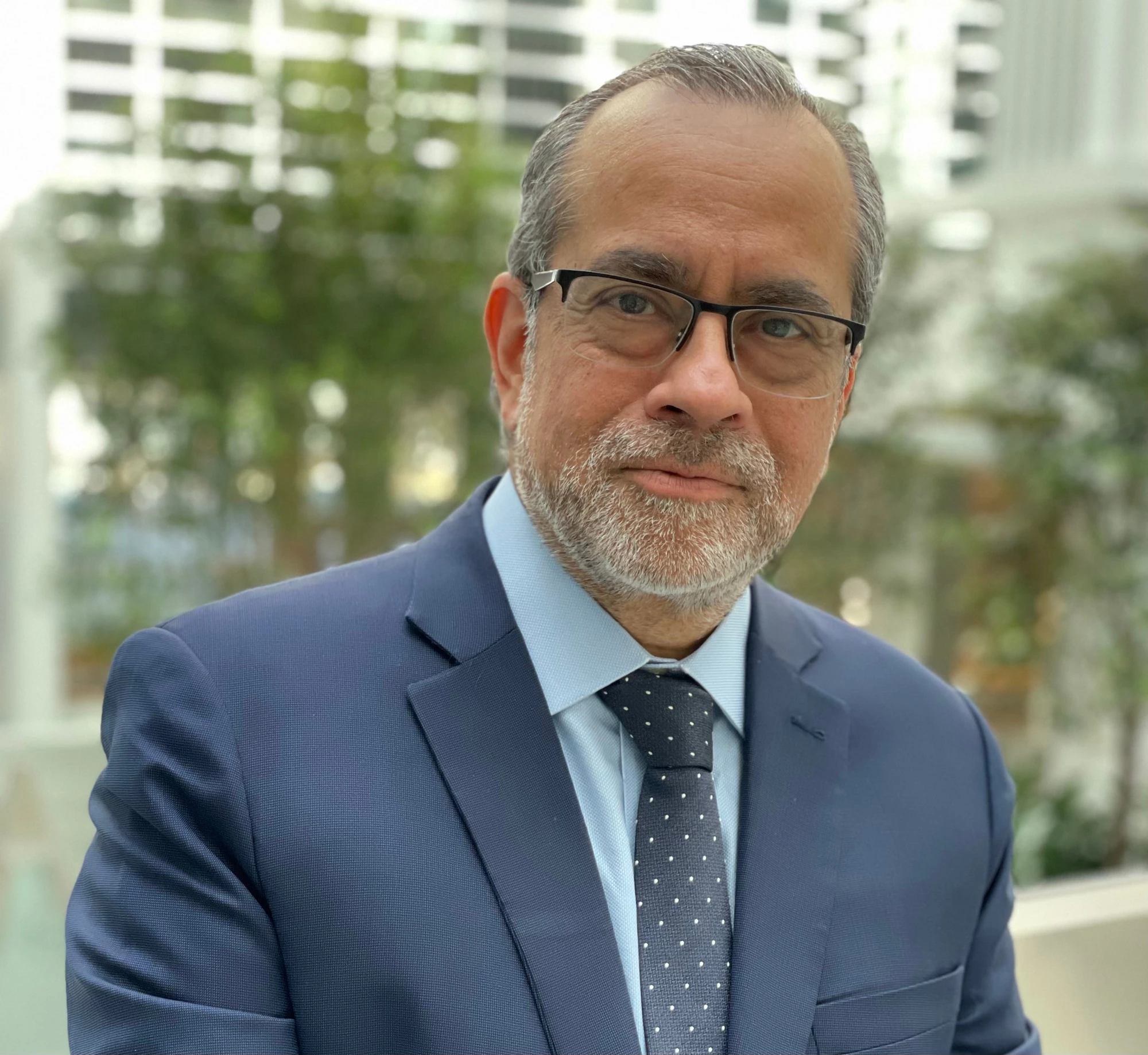 Ecole secondaire de Shreeshitalacom au Népal. © Banque mondiale
Ecole secondaire de Shreeshitalacom au Népal. © Banque mondiale
We are living amidst what is potentially one of the greatest threats in our lifetime to global education, a gigantic educational crisis. As of March 28, 2020, the COVID-19 pandemic is causing more than 1.6 billion children and youth to be out of school in 161 countries. This is close to 80% of the world’s enrolled students. We were already experiencing a global leaning crisis, as many students were in school, but were not learning the fundamental skills needed for life. The World Bank’s “Learning Poverty” indicator – the % of children who cannot read and understand at age 10 – stood at 53% of children in low- and middle-income countries – before the outbreak started. This pandemic has the potential to worsen these outcomes even more if we do not act fast.
What should we be worried about in this phase of the crisis that might have an immediate impact on children and youth? (1) Losses in learning (2) Increased dropout rates (3) Children missing their most important meal of the day. Moreover, most countries have very unequal education systems, and these negative impacts will be felt disproportionately by poor children. When it rains, it pours for them.
Learning. Starting the school year late or interrupting it (depending on if they live in the southern or northern hemisphere) completely disrupts the lives of many children, their parents, and teachers. A lot can be done to at least reduce the impact through remote learning strategies. Richer countries are better prepared to move to online learning strategies, although with a lot of effort and challenges for teachers and parents. In middle-income and poorer countries, the situation is very mixed and if we do not act appropriately, the vast inequality of opportunities that exists – egregious and unacceptable to start with – will be amplified. Many children do not have a desk, books, internet connectivity, a laptop at home, or supportive parents. Others do. What we need to avoid – or minimize as much as possible – is for those differences in opportunities to expand and cause the crisis to have an even larger negative effect on poor children’s learning.
Fortunately, we are seeing a lot of creativity in many countries. Rightly so, many ministries of education are worried that relying exclusively on online strategies will imply reaching only children from better-off families. The appropriate strategy in most countries is to use all possible delivery modes with the infrastructure that exists today. Use online tools to assure that lesson plans, videos, tutorials, and other resources are available for some students and probably, most teachers. But also, podcasts and other resources that require less data usage. Working with telecommunication companies to apply zero-rate policies can also facilitate learning material to be downloaded on a smartphone, which more students are likely to have.
Radio and TV are also very powerful tools. The advantage we have today, is that through social networks, WhatsApp or SMS, ministries of education can communicate effectively with parents and teachers and provide guidelines, instructions and structure to the learning process, using content delivered by radio or TV. Remote learning is not only about online learning, but about mixed media learning, with the objective of reaching as many students as possible, today.
Staying engaged. Maintaining the engagement of children, particularly young secondary school students is critical. Dropout rates are still very high in many countries, and a long period of disengagement can result in a further increase. Going to school is not only about learning math and science, but also about social relationships and peer-to-peer interactions. It is about learning to be a citizen and developing social skills. That is why it is important to stay connected with the school by any means necessary. For all students, this is also a time to develop socio-emotional skills and learn more about how to contribute to society as a citizen. The role of parents and family, which has always been extremely important, is critical in that task. So, a lot of the help that ministries of education provide, working through mass media, should also go to parents. Radio, TV, SMS messages can all be used to provide tips and advice to them on how to better support their children.
Meals. In many parts of the world, school feeding programs provide children with their most nutritious meal of the day. They are essential for the cognitive development and well-being. These programs are complex logistical and administrative endeavors. It is not easy, but countries should find the way to provide those meals using the school buildings in an organized fashion, community buildings or networks, or, if needed, distribute directly to the families. If delivering meals or food is not feasible logistically, cash transfer programs should be expanded or implemented to compensate the parents. Planning is needed, but one has to be ready to flexibly adjust plans, as the information we have about the likely paths of the pandemic change day by day, influenced by the uncertainty around which mitigation measures countries are taking. The process of reopening of schools might be gradual, as authorities will want to reduce agglomeration or the possibility of a second wave of the pandemic, which can affect some countries. In that uncertain context, it might be better to make decisions assuming a longer, rather than a shorter scenario. The good news is that many of the improvements, initiatives, and investments that school systems will have to make might have a positive long-lasting effect.
Some countries will be able to increase their teachers’ digital skills. Radio and TV stations will recognize their key role in supporting national education goals – and hopefully, improve the quality of their programming understanding their immense social responsibility. Parents will be more involved in their children’s education process, and ministries of education will have a much clearer understanding of the gaps and challenges (in connectivity, hardware, integration of digital tools in the curriculum, teacher’s readiness) that exist in using technology effectively and act upon that. All of this can strengthen the future education system in a country.
The mission of all education systems is the same. It is to overcome the learning crisis we were already living and respond to the pandemic we are all facing. The challenge today is to reduce as much as possible the negative impact this pandemic will have on learning and schooling and build on this experience to get back on a path of faster improvement in learning. As education systems cope with this crisis, they must also be thinking of how they can recover stronger, with a renewed sense of responsibility of all actors and with a better understanding and sense of urgency of the need to close the gap in opportunities and assuring that all children have the same chances for a quality education.


Join the Conversation